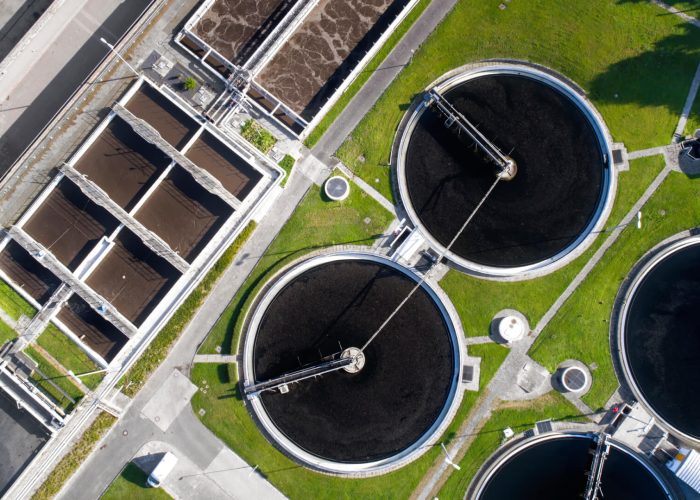Renewing Water Infrastructure One City at a Time
March 25, 2021

It’s not a secret that the United States’ infrastructure is in dire need of being updated. We see in the news, especially during natural disasters, how our electricity grid is failing to keep up with demand. From the east to the west coast, our grid is outdated, strained, and lacking redundancy, with the most recent polar vortex impact example in Texas. The Texas Tribune article stating that: “The Texas power grid was “seconds and minutes” away from a catastrophic failure that could have left Texans in the dark for months” is a frightening scenario to grasp. During these recent events, many discovered that we lose more than our lights and ability to stream our favorite program without power. We also lose water and sanitation services. There is an interdependent relationship that exists between energy and water. We need water to help produce power, and we need that electricity to treat and deliver clean water. This interdependent resource management relationship is called the water-energy nexus.
This message is getting some much-needed commercial attention with documentaries like Brave Blue World that debuted on Netflix in 2020. It shines a bright and informative light on water conservation and its significance. This documentary points out the importance of water conservation. It brings to the viewers’ attention some of the water management technologies and creative solutions available that contribute to the big picture of solving our growing water infrastructure crisis.
Thankfully, dialogue regarding water infrastructure and water conservation is picking up momentum and joining the ranks of the infrastructure conservations. Annually, water leaks experienced in cities across the U.S. translate into billions of gallons of losses in each state, ultimately costing billions of dollars in real losses due to unbilled consumption. According to the Economic Benefits of Investing in Water Infrastructure report, there was an $81 trillion gap spent in 2019 versus what should have been spent on water infrastructure improvements. If this under-investment trend continues, this gap will grow to $2.2 trillion. As technology ages and exceeds beyond its intended life cycle, maintenance costs will increase, creating another funding gap to pile onto the growing gap challenge. The infrastructure gap paints a grim picture, with a lot of pressure placed on state and local governments. However, within the same economic report, the economic gains that could be achieved from a more reliable and efficient smart water system would increase local government revenues to $5.6 trillion gross output.
Every four years, the American Society of Civil Engineers generates an ASCE Report Card for US Infrastructure. In March 2021, the United States improved from a D+ to a C- since our last report four years ago, but that is still a poor grade which supports the hard-facts that our infrastructure is in dire need of help and attention. Funding issues, high energy costs, water delivery, treatment, and management are all in this report, and those are the areas where public officials can make a difference now.
I hope that you find this information useful and may be ready to start a conversation.
